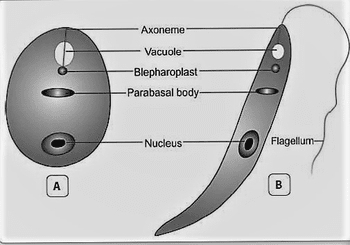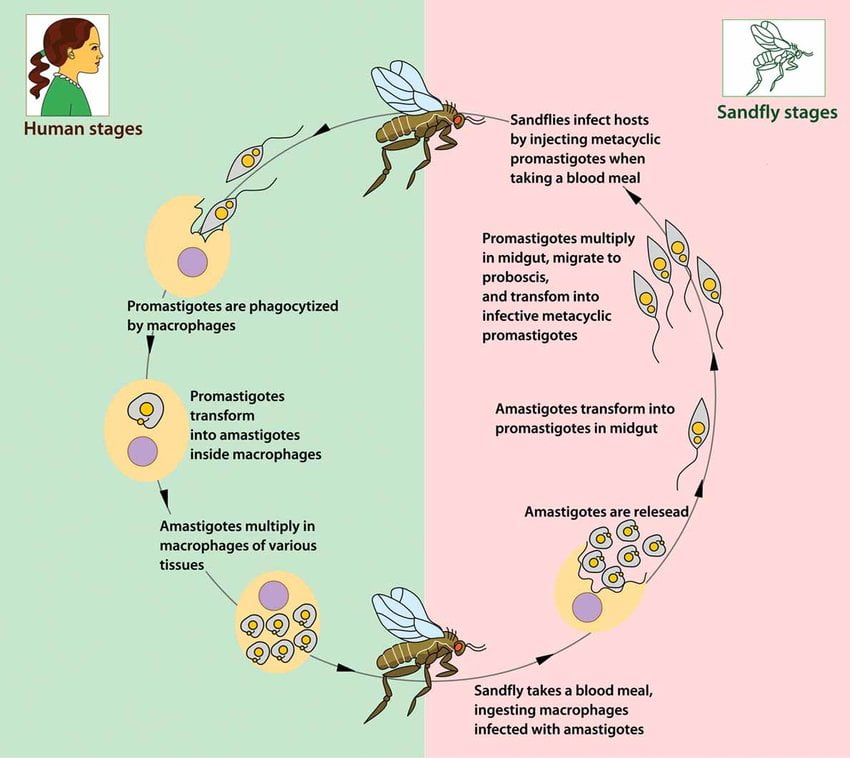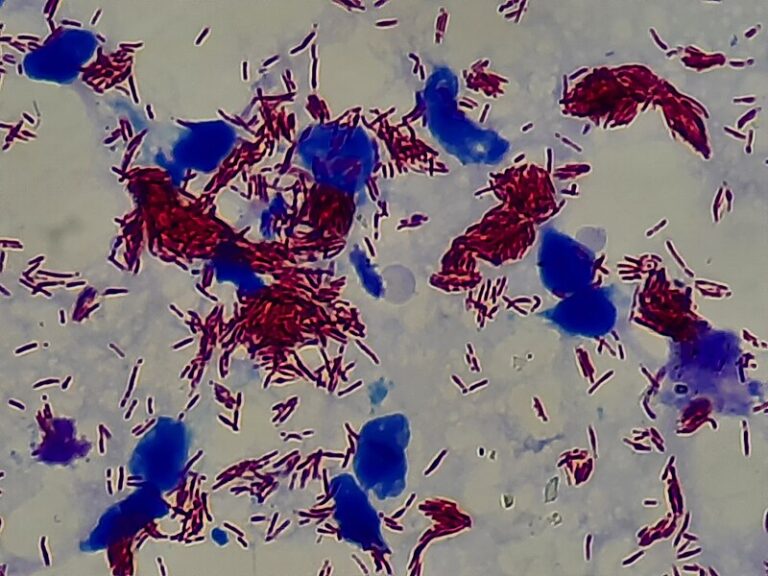leishmania donovani is a protozoa
- history of leishmania donovani
- Geographical distribution
- morphology
- Lifecycle
- Pathogenicity
- Diagnosis
- Treatment
- Prophylaxis
Table of Contents
history of leishmania donovani
It was discovered by two persons
- Sir William Leishman
- Donovan
Geographical distribution
Geographical distribution: –
In the world:- Africa, Russia, south Europe, Africa and China
In India:– it is endemic along the coastal area of Ganges & Brahmaputra in Bihar Odisha madras, or Uttar Pradesh.
Habit
In vertebrate host:- amastigote (Aflagellar) stage present In RE system.
In vector (sand fly) :– promastigote(flagellar)stage is present.
morphology of Leishmania donovani

- the parasite is dimorphic and present in two different forms.
- Promastigote form:-
The interior end is blunt and the posterior is narrow.
The length is 10 micrometers to 20 micrometers basal granules or Pro vessel buddy are present at the anterior end and the axoneme develops from basal granules and outside the Pelican it becomes a free flagellum.
It is the infective stage. - Amastigote form:-
It is a small or spherical 1.5 to 4.5 micrometer in length diameter basal granule and Pro Basal body is present at the periphery.
Exonym is present but free flagellum is absent
Lifecycle of Leishmania donovani

- It is digenetic or the primary host is human and the secondary host is sand fly.
- When the sand fly bites a person large number of promastigotes enter the blood and change into amastigotes.
- The amastigote enters into the RE-cells of the liver bone marrow lymph nodes etc. feed upon the component of the host cell and undergoes repeated binary fission to increase its number.
- Re cell break and Amastigote enter into other RE cells to continue their pathogenicity.
- when sand fly sucks the blood of the infected person the amastigote enters the gut and changes into the promastigote.
- The promastigote undergoes repeated longitudinal binary fission to increase its number and then moves to the salivary gland to continue its life cycle..
Pathogenicity
- The disease is known as Kala-azar Dumdum fever or leishmaniasis.
- The characteristic symptom is the skin which becomes dark dried and rough.
- Other symptoms include pyrexia enlargement of the liver and spleen weakness.
- If it remains untreated it may be fatal.
Diagnosis
Direct evidence:-
Peripheral blood smear:- Amastigote form has been seen
Blood culture:- Promastigote form has been seen
Biopsy material form:-
-Lymph node puncture
-Spleen puncture
-Sternum puncture
-Liver puncture
Indirect evidence: -Blood count or serum test
- Blood count(leucopenia)
_aldehyde test positive after 3rd month
_antimony test
_complement fixation test
Treatment
use antimony drug to kill the parasite.
Prophylaxis of leishmania donovani
Prevention from the bite of sand fly and eradication of its population.


